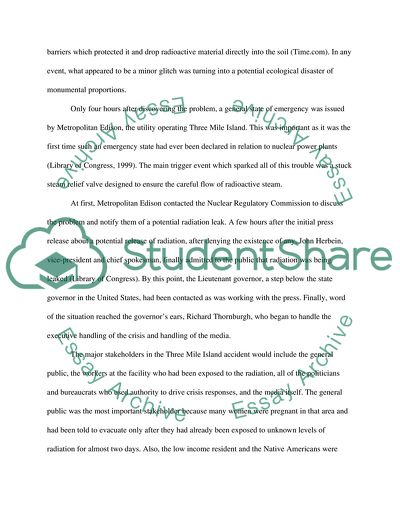Cite this document
(Three Mile Island: Crisis Management Term Paper, n.d.)
Three Mile Island: Crisis Management Term Paper. https://studentshare.org/history/1718710-crises-management
Three Mile Island: Crisis Management Term Paper. https://studentshare.org/history/1718710-crises-management
(Three Mile Island: Crisis Management Term Paper)
Three Mile Island: Crisis Management Term Paper. https://studentshare.org/history/1718710-crises-management.
Three Mile Island: Crisis Management Term Paper. https://studentshare.org/history/1718710-crises-management.
“Three Mile Island: Crisis Management Term Paper”. https://studentshare.org/history/1718710-crises-management.


